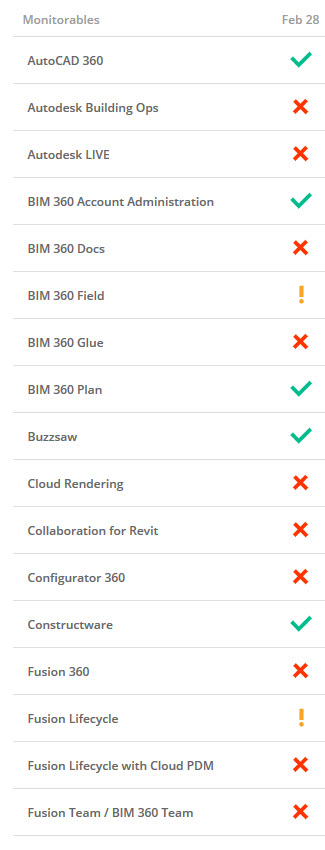This post is not about the new SpacePilot PRO 3D controller from 3Dconnexion (a division of Logitech). This post is about the Internet coverage of the launch of that new device, journalism, blogging, freebies and ethics.
It has long been common practice for companies to give out free stuff to journalists. Free gadgets, free transport and other expenses for attending events, free beer, free lunch… oh, wait, there’s no such thing. As blogging has risen in prominence, that practice has been extended to providing free stuff for bloggers. It was traditional in the past for such freebies to go unmentioned in reports about the products of such companies. I think the first time I saw this kind of thing disclosed was by Ralph Grabowski, and I was impressed. Maybe it’s just the sites I read, but I see more of that kind of disclosure in blogs than I do in the traditional press (whatever that means these days).
It seems that 3Dconnexion is distributing its US$499 SpacePilot PRO devices like confetti (particluarly at SolidWorks World), hoping to get as much coverage as it can. It’s working. Not that I think there’s anything wrong with that. If a company wants to let potential customers know about its products, and if those customers read blogs, it makes sense for the company to send samples to bloggers in the hope that they get reviewed. As long as there are no strings attached, I see no ethical problem with that. If a negative review led to a reviewer being taken off the freebies list then I definitely would have a very big problem with that, but I see no evidence of that from 3Dconnexion.
Where I do see an ethical issue is when a freebie is received, a review is written, and no disclosure is made. I think readers are entitled to know about any free stuff associated with a review, and I think this applies equally to press and blogs.
Let’s have a look at some recent SpacePilot PRO coverage to see how we’re travelling at the moment. The following sites have mentions or reports without explicit disclosure. In many cases a mention is made of having one (or waiting for one) but it’s not clear if this is a free SpacePilot PRO, or if the writer has paid for one. If you’re one of these people, feel free to set the record straight either here or on your own site.
Here’s how I think it should have been done:
There are almost certainly other reviews and mentions that I’ve missed, so feel free to inform me and I’ll add to the above lists.
I hasten to point out that I’m not throwing stones here. I’m not accusing any of these people of writing positive reviews in return for a cool gadget. I’m just encouraging everybody to unambiguously declare any freebies they receive, that are associated in any way with whatever they write.
On Twitter, I see several of my fellow AutoCAD bloggers impatiently awaiting the arrival of their cool gadget. When they receive them, I expect we will see more reviews, and it will be interesting to see how many of those reviews include full disclosure, especially now I’ve raised the issue.
Here’s my own disclosure about my personal association with 3Dconnexion. I investigated the use of 3D controllers for a client and suggested the purchase of a couple of pretty expensive 3Dconnexion SpaceBall 5000 devices. Within months of purchase, 3Dconnexion made these obsolete without warning and failed to produce any new drivers for them, making them expensive paperweights.
When I attended AU 2006 (at Autodesk’s expense as a MyFeedback Scholarship), I turned up at the Press Room looking for a Press badge, as I am a Cadalyst writer. I received a Press person’s small bag of assorted goodies from various vendors. This included pens, small USB keys and the like, but a 3Dconnexion SpacePilot was the stand-out freebie. I later suggested that my client purchase a couple of SpacePilots to replace the obsolete SpaceBalls. Not because of the freebie, but because they were the cheapest suitable devices available.
So, on a personal level that’s one up and one down for 3Dconnexion. My view of 3Dconnexion is about the same as that of parent company Logitech. I like the devices, I’ll even use my own money to buy them, but I don’t think a good enough job is done of supporting recently purchased devices with updated drivers as new software arrives.
I haven’t received a SpacePilot PRO or the promise of one. I’m not sore about that. I haven’t asked or been asked. If they do happen to send me one, I’ll play with it and if I think it’s worth writing about, I’ll do so in an unbiased way and with full disclosure.








